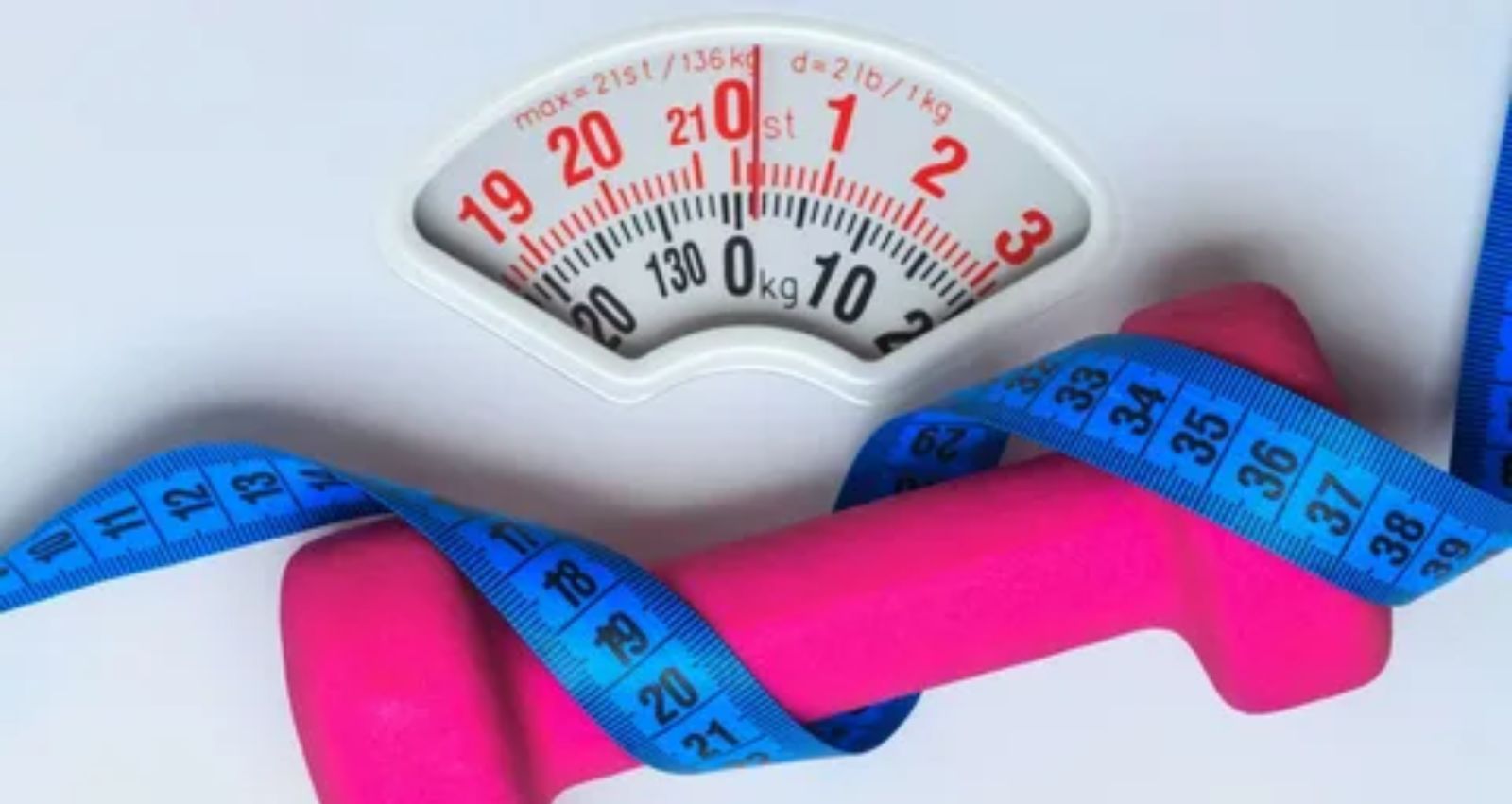
Weight & Measurement
Weight and measurement refer to the process of quantifying and determining the size, volume, length, weight, or capacity of objects, substances, or quantities. These measurements are crucial in various fields, including science, industry, commerce, and everyday life, to ensure accuracy, standardization, and consistency. Here are key points about weight and measurement:
- Units of Measurement: Measurement involves the use of standardized units to quantify various physical properties. Some common units include:
- Length: Meter (m), centimeter (cm), inch (in), foot (ft).
- Weight/Mass: Kilogram (kg), gram (g), pound (lb).
- Volume: Liter (L), milliliter (mL), cubic meter (m³), gallon (gal).
- Time: Second (s), minute (min), hour (hr).
- Temperature: Celsius (°C), Fahrenheit (°F), Kelvin (K).
- Accuracy and Precision: Accuracy refers to how close a measurement is to the true value, while precision relates to the degree of consistency or repeatability of measurements. Both accuracy and precision are essential to obtain reliable data.
- Calibration: Instruments used for measurement, such as scales, thermometers, and rulers, require regular calibration to ensure accuracy. Calibration involves comparing the instrument’s readings to a known standard and adjusting it if necessary.
- Weight Measurement:
- Weight is a measure of the force of gravity on an object’s mass and is typically measured in units such as kilograms or pounds.
- Common instruments for weight measurement include scales, balances, and load cells.
- Length Measurement:
- Length refers to the extent from one end to the other of an object, and it is measured in units like meters, centimeters, or feet.
- Common tools for length measurement include rulers, tape measures, and calipers.
- Volume Measurement:
- Volume quantifies the amount of space occupied by a substance or object and is measured in units such as liters, milliliters, or cubic meters.
- Common devices for volume measurement include graduated cylinders, beakers, and measuring cups.
- Temperature Measurement:
- Temperature is a measure of the degree of hotness or coldness of an object and is usually measured in degrees Celsius (°C), Fahrenheit (°F), or Kelvin (K).
- Thermometers are commonly used instruments for temperature measurement.
- Measurement Standards: Many countries have established national measurement standards and agencies to ensure uniformity and accuracy in measurements. The International System of Units (SI) is the globally recognized system of measurement standards.
- Applications: Accurate weight and measurement are vital in various fields, including manufacturing, construction, healthcare, cooking, scientific research, trade, and more. Precise measurements are critical for quality control, safety, and achieving desired outcomes.
- Legal Metrology: Many countries have legal regulations governing weights and measures, ensuring that consumers receive accurate and fair quantities of goods. This includes packaging and labeling requirements for products sold in the market.
- Digital Technology: Advancements in technology have led to the development of digital measurement devices and automated systems that enhance accuracy and efficiency in various industries.
Accurate weight and measurement play a fundamental role in our daily lives, from cooking and construction to scientific research and international trade. Ensuring standardized and precise measurements is essential for quality assurance, safety, and fairness in commerce and industry.
